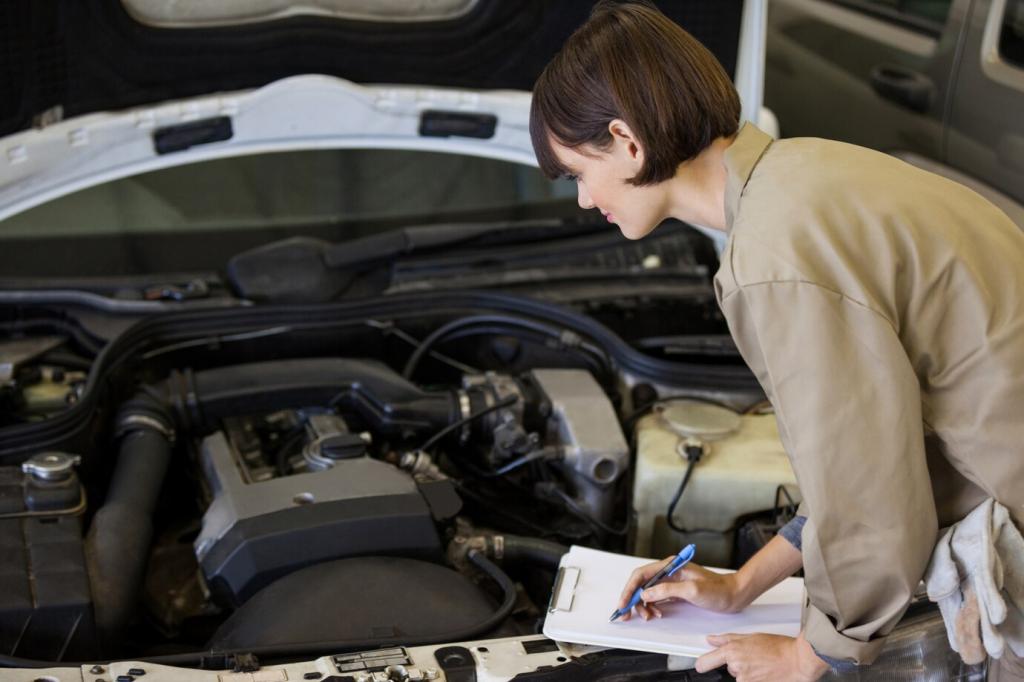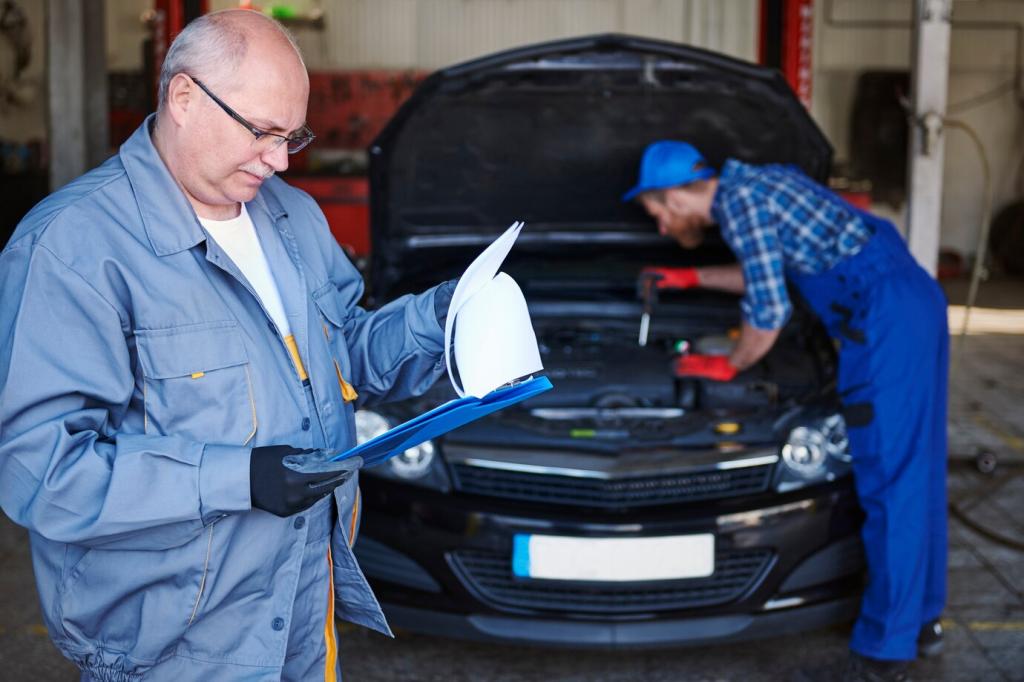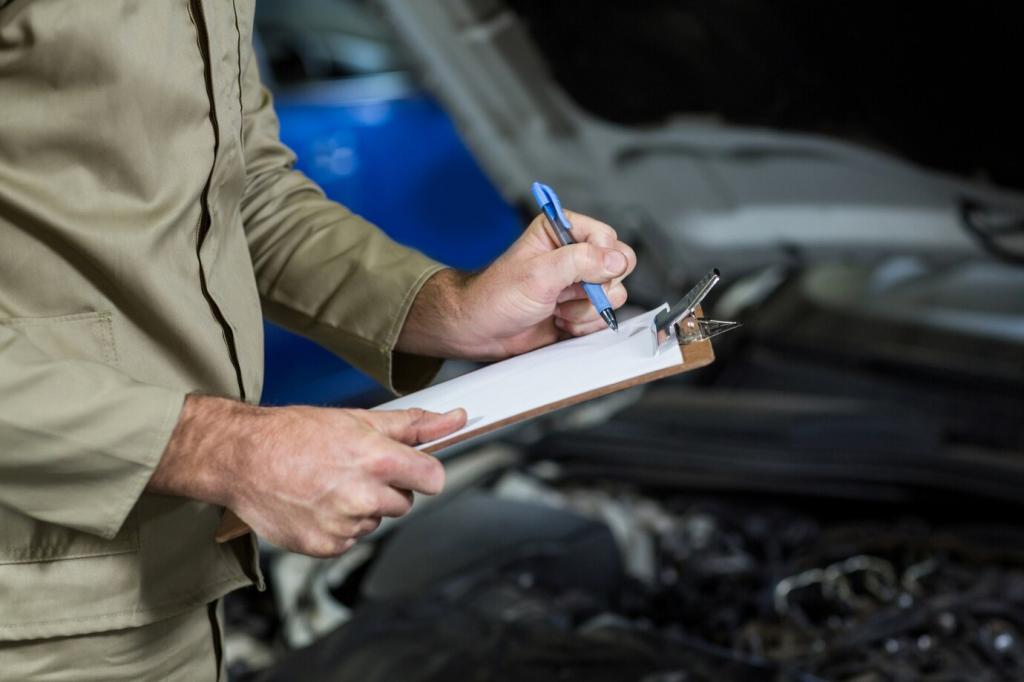Step-by-Step: Changing the Wheel
Break the lug nuts loose while the tire is still on the ground for resistance. Use steady pressure rather than jerky force, and push down with your body weight to reduce the risk of slipping and rounding.
Step-by-Step: Changing the Wheel
Consult your manual for reinforced jack points, line up the jack straight, and lift only until the flat tire clears the ground. Keep your body clear of the undercarriage and never crawl beneath a car supported by a jack alone.






